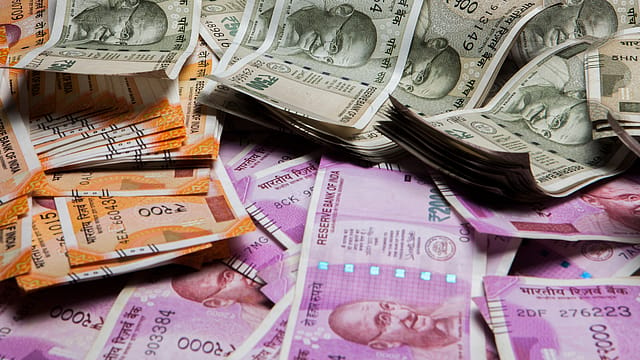Winners and losers of the decade
ADVERTISEMENT

Out of the 2,709 listed companies in India, which traded on December 31, 2019, 1,942 companies have been trading on the indices for nearly a decade. Out of these, 1,095 companies, or 56.4%, have generated a positive compound annual growth rate (CAGR) in their market capitalisation as of December 31, 2019, as compared to December 31, 2010.
During this period, the lowest positive CAGR of 0.01% was registered by two companies— Glenmark Pharmaceuticals and Shiva Texyarn. Glenmark Pharmaceuticals had a market capitalisation of ₹9,799 crore at the end of 2010, which grew by just ₹6.32 crore (0.06%) to ₹9805.3 crore on December 31, 2019. Shiva Texyarn stayed in the positive zone by a mere ₹13 lakh, as its market capitalisation changed by 0.11% in absolute terms from ₹117.6 crore at the end of 2010 to ₹117.77 crore at the end of 2019.
The outlier was Kerala-based Avanti Feeds, a company engaged in shrimp processing and manufacturing of prawn and fish feeds, which saw its market capitalisation jumping at a CAGR of 75.17% from ₹29.3 crore at the end of 2010 to ₹7,963.6 crore at the end of 2019. In absolute terms, the near 272 times increase in the market value of Avanti Feeds was 27,097.95% or ₹7,934.3 crore. The adjusted closing price of Avanti Feeds grew by 22,732% during these years, from ₹2.56 a share at the end of 2010 to ₹585.5 at the end of 2019, which was an increase of 72.13% in CAGR terms.
December 2025
The annual Fortune 500 India list, the definitive compendium of corporate performance, is out. This year, the cumulative revenue of the Fortune 500 India companies has breached $2 trillion for the first time. Plus, find out which are the Best B-schools in India.
New Delhi-headquartered agrochemical company Bharat Rasayan was the second-highest wealth creator with a 72.68% CAGR increase in market capitalisation, from ₹11.3 crore at the end of 2010 to ₹2,667.9 crore at the end of 2019. Bharat Rasayan’s 235.7 times jump in market value is a growth of ₹2,656.6 crore during this period—23,467.9%. Bharat Rasayan’s adjusted closing price during this period grew 7,201.5% from ₹86 to ₹6,279.3, which works out to 53.58% in CAGR terms.
Just like the wealth creators, the period saw some major wealth destroyers. Educomp Solutions, the Gurugram-headquartered integrated education solutions company which had filed for bankruptcy in 2017 following debt pile-up of over ₹3,000 crore, ranks on the top of the wealth destroyers during this period.
Educomp’s stock quoted at ₹1 a share, down 99.81% compared to the adjusted closing price of ₹532.1 a share on December 31, 2010. In CAGR terms, this fall was 46.62%. While its market capitalisation eroded by ₹5,071.4 crore, from ₹5,083.7 crore to ₹12.3 crore at the end of 2019. The 99.76% erosion of market value was a fall of 45.27% in CAGR terms.
Among the other big names, Anil Ambani-owned Reliance Communications, saw a market capitalisation erosion of ₹29,708.4 crore, from ₹29,949 crore at the end of 2010 to ₹240.6 crore at the end of 2019. The 99.2% fall in market value was a 38.27% decline in CAGR terms. Reliance Communications’ adjusted closing price at ₹0.87 a share was a 99.4% decline (-40.05% CAGR) compared to ₹145.1 a share on December 31, 2010. Other Anil Ambani group companies such as Reliance Power, Reliance Capital and Reliance Infrastructure are also in the negative zone with respective CAGRs of -31.7%, -31.51%, and 27.99% over the last decade.
On an aggregate basis, while 96 companies recorded negative CAGR of 25% or more, there were 102 companies which registered 25% or more increase in market capitalisation on a 10-year CAGR basis. Clearly, excessive leverage took a toll on companies in the decade gone by, and it was amplified by companies like Pun Lloyd, Videocon Industries, Jaiprakash Associates, Jaypee Infratech, Unitech, Cox & Kings, and Housing Development & Infrastructure among others.
